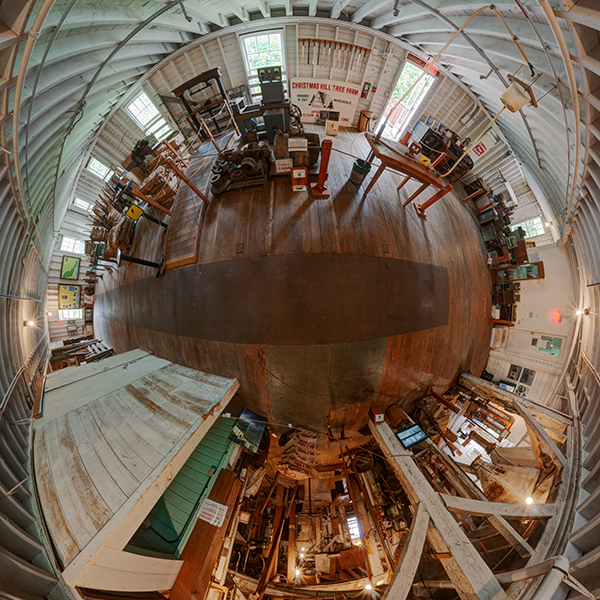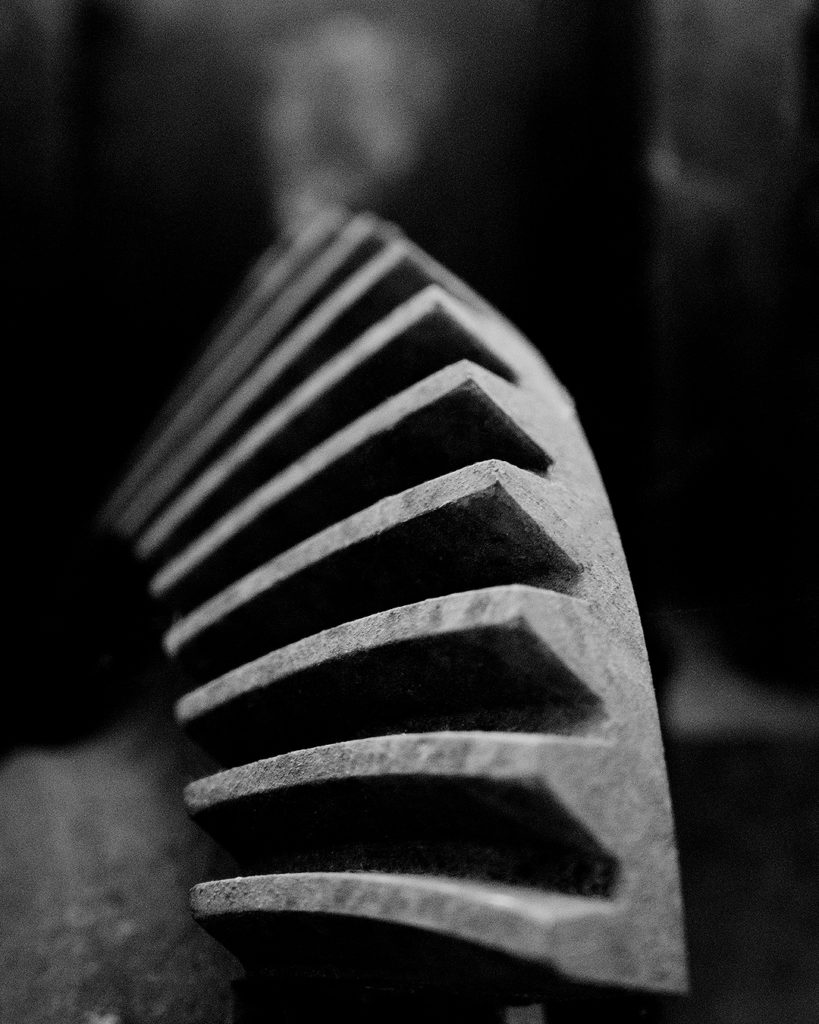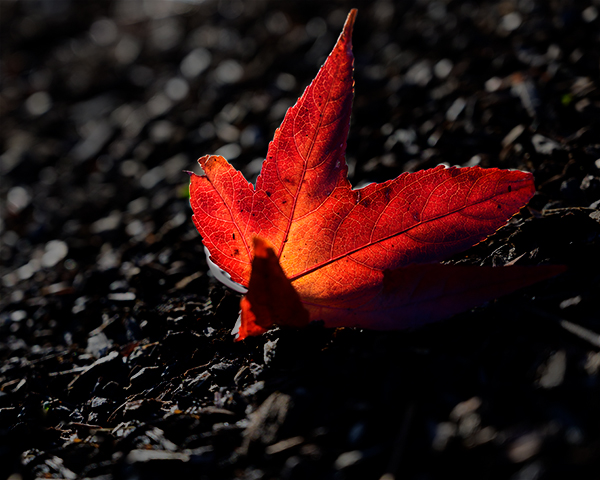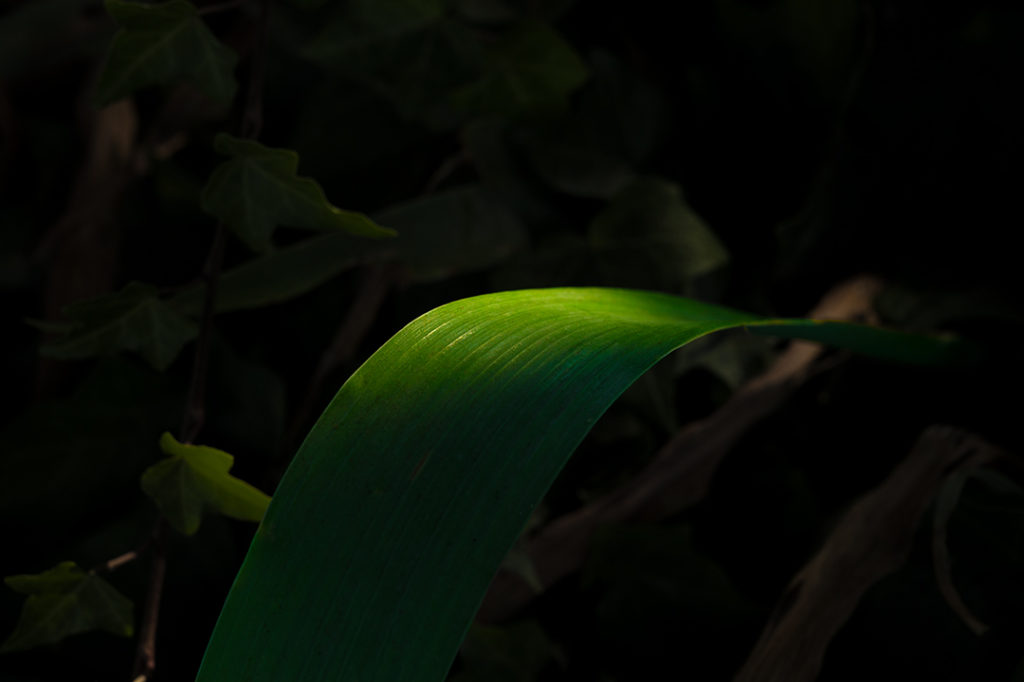Perhaps Art Can Help Explore Consciousness
It often seems as if science has explained the basics of how the world works, and the remaining mysteries are interesting details that aren’t directly related to daily life. Questions about the very beginning of the universe or what’s going on in black holes may be interesting and fundamental to an ultimate theory of everything, but it’s hard to believe they have practical application.
However, history shows that solving such mysteries can change our understanding in such profound ways that it cascades through our lives in unexpected ways. So, we need to be careful with the still limited understanding we have of reality and be aware of places where we still have things to learn. Some mysteries, because they are at the edge of science, may benefit from other modes of thinking, even if only to make sure the right questions are being asked.
An example of this sort of limited knowledge is the challenge of understanding consciousness, and in particular, how it relates to material reality. In other words, is consciousness strictly a result of physical, material processes, or does it result from something outside of these?
At one time this might have been considered a somewhat abstract question, with application to only a few, narrow places in medicine. However, with the advent of AI, these questions may become fundamental influences in the future of our species.
Read more
VR Photography and Museums
For a recent 360 photography project, I took a VR photograph inside of an old, water-powered mill that has been turned into a state park: Thompson’s Mills in Shedd, Oregon. The purpose was to make a picture for the Worldwide Panorama Project quarterly theme of “Museums”. The picture here is a “little planet” view of that panorama.
This seemed like an interesting choice because it illustrated two different expressions of the museum concept in one photograph. The first expression is the familiar one of a building full of artifacts and stories. This is what most people probably think of when they hear the word museum.
Read more
Clear as Glass
This picture of a stained glass window is from a spherical picture taken in the sanctuary of a church. This particular church is filled with similar windows, and they are seen as one of the defining characteristics of the building.
Stained glass windows are also interesting topics/objects with which to explore the implications of necessity versus sufficiency that was introduced in an earlier essay.
The challenge is to recognize that something may be necessary but still not be sufficient. For example, food is necessary for us to live, but it is not sufficient. We also need air, water, and so on. This example is clear, but sometimes it’s not so obvious. In some cases, we may miss other things that are also needed if we focus on the most obviously important things.
Read more
It’s All Relative
This is a simple picture of a gear with the most distant portion blurred. When I posted it on Instagram, I described it as “Emerging from the mists of time.” The idea was that this obviously old mechanism was present as a display, somehow representing its use many years ago.
The description was meant to evoke a sense of the gear approaching the viewer as it came from the past, emerging from the blurry darkness in the background.
Can you see it that way?
However, it could also have been seen as the gear moving away from the viewer into the distant darkness.
Now can you see it this way, too?
So which is the correct view? Neither, and both. It depends on the viewer. One person may see it one way, and another person see it the other way.
Read more
Thinking With Art
Much of our world today is governed by structured thinking and reasoning. Perhaps not day-to-day life for individuals, but business, government, science, and technology are all operated through well-defined rules and processes. This is a reductionist approach to understanding and affecting the world.
The reductionist approach works for things that are well understood, but I’m not sure it’s always as effective when faced with great uncertainty or ambiguity. Things like human behavior or topics at the edges of science like consciousness are harder to deal with analytically than physics or chemistry.
As such, I wonder if some ideas are better explored through other ways of thinking, such as art. This is more context-aware, more grounded in human experience and society. Although there are reductionist elements to it, perhaps in the craft portion, there is also an intuitive, creative aspect. Perhaps this is a way of thinking through a topic in ways different than typical rational processes.
Read more
Sufficient Photography
Some things in life are necessary, but not sufficient. For example, we need food to live, but we also need water, air, exercise, and so on. Food alone is not enough, it is not sufficient.
While this seems obvious for some things like food, it’s harder to remember in other places such as when exploring new ideas, doing experiments, creating pictures, and so on.
For example, when taking typical pictures, things like proper exposure are necessary, but that is not sufficient to make a good picture. We still need to worry about proper focus, aperture, ISO, and so on, in order to produce a desired picture.
But even control of all the technical parameters is not enough if there is no artistic vision. There needs to be some sense of meaning and aesthetics in order to really craft a picture. Without those ephemeral things, we are simply making a snapshot. Maybe interesting, especially if the subject is profound, but generally not sufficient to create art.
Read more
Careless Vision
A single dried leaf lays on the ground, backlit by the afternoon sun.
Glowing, reminding us of life that it used to hold, now fading like the sunlight itself.
A little moment of beauty that’s easy to miss in the daily rush.
A careless step and this bright little wonder would be ground underfoot.
It is often said that we should stop and smell the roses, to take the time to appreciate the beauty all around us. Before we can do that, however, we need to take the time to notice the beauty in the first place. Perhaps one reason it’s so easy for us to miss the smell of roses is that we are ignoring the flowers.
Read more
Photographic Confirmation Bias
In photography, it is often thought that we need better scenes in order to take better pictures. For example, National Geographic photographer Jim Richardson said “If you want to be a better photographer, stand in front of more interesting stuff.” This seems to reflect a common perspective.
The implication is that there are places which lack interesting stuff, so we need to go elsewhere.
This is often exemplified by people going to extreme locations in order to get great pictures. And of course, they are often successful because there are indeed wonderful things to see there.
Read more








